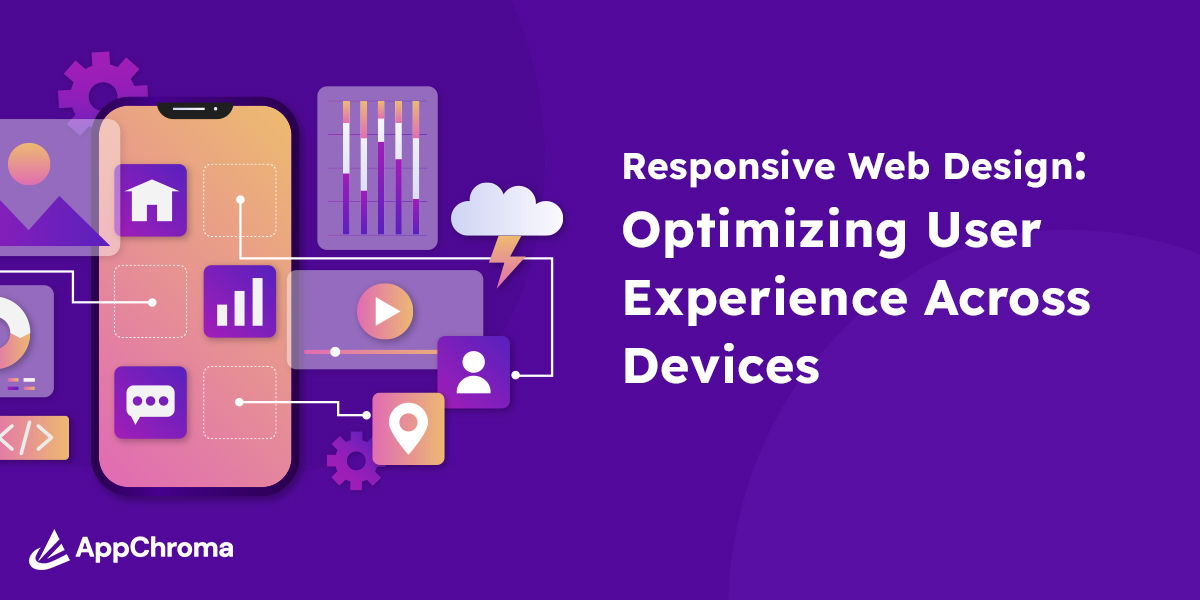Web applications have become an integral part of our lives. From e-commerce platforms to social networking sites, web apps offer convenient and accessible solutions for various needs. If you’re interested in developing a web application of your own, this detailed guide will walk you through the essential steps and considerations to make your project a success.
Define Your Purpose and Scope: Before diving into development, it’s crucial to define the purpose and scope of your web application. Clearly identify the problem you aim to solve or the value you want to provide. Outline the core features and functionalities you envision, considering both the user experience and the technical feasibility.
Plan Your Development Approach: Choosing the right development approach is vital for a smooth and efficient process. Consider whether you’ll be developing your web application from scratch or utilizing existing frameworks or platforms. Evaluate the pros and cons of each approach based on factors such as project complexity, time constraints, scalability, and your development team’s expertise.
Design Your User Interface: An intuitive and visually appealing user interface (UI) is crucial for engaging users and ensuring a positive experience. Begin by creating wireframes or mockups that depict the layout, navigation, and interaction flow. Pay attention to usability principles, including consistency, simplicity, and accessibility. Once the wireframes are finalized, move on to creating high-fidelity designs and prototypes.
Backend Development: The backend of a web application handles data processing, business logic, and database management. Select a suitable programming language and framework based on your project requirements and team expertise. Common choices include Python (Django), Ruby (Ruby on Rails), JavaScript (Node.js), or PHP (Laravel). Develop the necessary APIs (Application Programming Interfaces) to facilitate communication between the frontend and backend components.
Frontend Development: The frontend of your web application is responsible for delivering a seamless user experience. Utilize HTML, CSS, and JavaScript to create the visual elements and interactivity. Consider adopting a frontend framework like React, Angular, or Vue.js to enhance development efficiency and maintainability. Ensure your web app is responsive and compatible with various devices and browsers.
Implement Functionality and Features: This stage involves implementing the planned features and functionalities outlined in your project scope. Take an iterative approach, dividing your development tasks into manageable sprints. Implement user registration, authentication, and authorization systems. Integrate external services or APIs as needed. Conduct thorough testing to ensure the functionality works as expected.
Testing and Quality Assurance: Testing is crucial to identify and fix any bugs or issues before launching your web application. Conduct unit tests, integration tests, and system tests to verify the overall functionality and performance. Pay attention to edge cases, error handling, and security vulnerabilities. Additionally, gather user feedback and conduct usability testing to refine your application’s user experience.
Deployment and Hosting: Prepare your web application for deployment by configuring the necessary servers, databases, and infrastructure. Choose a reliable hosting provider that suits your needs, considering factors such as scalability, security, and cost. Deploy your application to the production environment and ensure it performs optimally under various loads and user traffic.
Continuous Improvement and Maintenance: Launching your web application is just the beginning. Regularly update and maintain your application to ensure it remains secure, performs efficiently, and meets evolving user needs. Monitor analytics and user feedback to identify areas for improvement. Implement new features, fix bugs, and apply security patches to provide a seamless experience to your users.
Conclusion: Developing a web application involves a systematic approach that encompasses planning, design, development, testing, and maintenance. By following this comprehensive guide, you’ll be equipped with the necessary knowledge and steps to embark on your web


